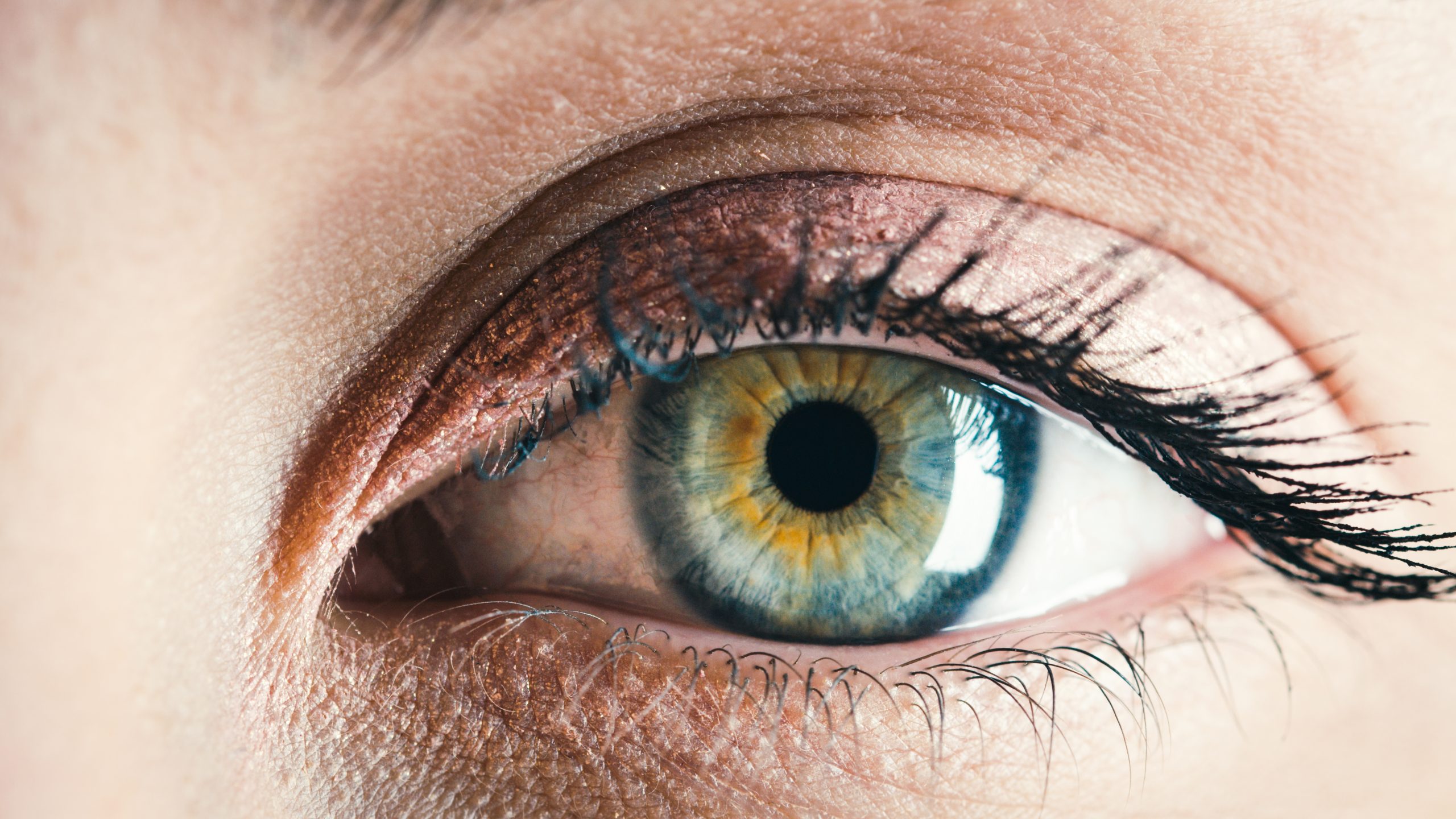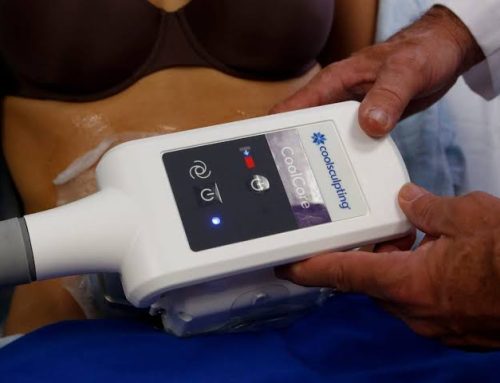Introduction
Eye cataract surgery stands as a transformative solution for individuals experiencing blurred vision and light glare due to the clouding of the natural eye lens. This comprehensive guide explores the key aspects of cataract surgery, from its purpose and benefits to the surgical procedures involved, recovery expectations, and potential risks.

What is cataract surgery?
Cataracts, characterized by a cloudy lens, can significantly impact daily activities. If a cataract interferes with routine tasks or complicates the treatment of other eye conditions like macular degeneration or diabetic retinopathy, cataract surgery may be recommended. While the procedure is generally safe, the decision to undergo surgery is often based on factors such as visual impairment and the impact on independence.
How to prepare for cataract surgery?
- Consultation and Testing:
- Schedule a thorough consultation with your eye doctor for an assessment and preoperative tests.
- Medication Review:
- Inform your doctor of all medications to adjust your preoperative plan if necessary.
- Fasting Instructions:
- Follow fasting instructions provided by your doctor before the surgery.
- Transportation and Assistance:
- Arrange transportation for surgery day and plan for assistance at home during recovery.
- Prescription Eye Drops:
- Use prescribed antibiotic eye drops as instructed in the days leading up to surgery.
- Lens Options Discussion:
- Discuss intraocular lens (IOL) options with your surgeon based on your lifestyle and visual preferences.
- Clarify Questions:
- Address any questions or concerns during the preoperative consultation for clarity.
- Follow Guidelines:
- Adhere to specific preoperative guidelines provided by your eye doctor.
Being proactive and following these steps ensures a smoother cataract surgery experience and a successful recovery.

What are possible risks of cataract surgery?
Complications after cataract surgery are rare but can include swelling, infection, bleeding, and issues like drooping eyelid or retinal detachment. The overall risk increases with underlying eye diseases or serious medical conditions. It’s crucial to address other eye problems before opting for cataract surgery to ensure optimal outcomes.
Who is a good candidate for cataract surgery?
A good candidate for cataract surgery is an individual experiencing vision impairment due to the presence of cataracts. Cataracts cause the natural lens of the eye to become cloudy, leading to symptoms such as blurred vision, difficulty seeing in low light, and increased sensitivity to glare. The decision to undergo cataract surgery is typically based on the impact of these symptoms on daily activities and overall quality of life.
Here are key factors that make someone a good candidate for cataract surgery:
1. Visual Symptoms:
– Persistent and bothersome visual symptoms, such as blurred vision, difficulty reading, or impaired night vision, despite using corrective lenses.
2. Impact on Daily Activities:
– Cataracts affecting the ability to perform routine activities like driving, reading, working, or engaging in hobbies.
3. Independence and Safety:
– Vision problems that compromise independence and safety, especially if they hinder the ability to navigate and perform essential tasks.
4. Quality of Life:
– A significant decline in the overall quality of life due to vision issues caused by cataracts.
5. Preexisting Eye Conditions:
– Presence of cataracts interfering with the treatment of other eye conditions, such as macular degeneration or diabetic retinopathy.
6. Preoperative Evaluation:
– A thorough preoperative evaluation by an eye care professional, which includes assessing the cataract’s impact on vision, overall eye health, and discussing the potential benefits of surgery.
7. Realistic Expectations:
– The patient has realistic expectations regarding the outcomes of cataract surgery and understands that it aims to improve visual clarity but may not eliminate the need for glasses in all situations.
It’s important to note that the decision to undergo cataract surgery is individualized and based on a collaborative discussion between the patient and their eye care professional. The professional will consider the specific visual needs, lifestyle, and overall health of the patient. The timing of cataract surgery can vary, and patients are encouraged to discuss their concerns, expectations, and any hesitations with their eye care provider to make informed decisions about the procedure.

Will cataract surgery improve the vision directly?
Yes, cataract surgery is designed to directly improve your vision by removing the cloudy lens affected by cataracts and replacing it with a clear artificial lens, known as an intraocular lens (IOL). The primary goal of cataract surgery is to enhance visual clarity and alleviate symptoms associated with cataracts, such as blurred vision, difficulty seeing in low light, and sensitivity to glare.
Here’s how cataract surgery directly improves vision:
1. Removal of Cloudy Lens:
– During cataract surgery, the cloudy natural lens is carefully removed. This lens is responsible for the blurred vision caused by cataracts.
2. Implantation of Clear Intraocular Lens (IOL):
– After removing the cataract-affected lens, an artificial IOL is implanted in its place. The IOL serves as a permanent replacement and is designed to restore clear vision.
3. Improved Visual Clarity:
– The clear IOL focuses light onto the retina, allowing for improved visual clarity. This can lead to a significant enhancement in both distance and near vision.
4. Reduced Dependency on Glasses:
– While some patients may still require glasses for certain activities or specific vision tasks, many individuals experience reduced dependence on glasses after cataract surgery. Some types of advanced IOLs can provide enhanced multifocal or astigmatism-correcting capabilities, further reducing the need for glasses in certain situations.
5. Enhanced Color Perception:
– Cataracts can cause a yellowing or dulling of colors. By removing the cataract and implanting a clear IOL, color perception is often enhanced, and colors appear more vibrant.
It’s important to have realistic expectations about the outcomes of cataract surgery. While the procedure is highly successful in restoring clear vision for many individuals, individual results can vary. Patients should discuss their specific visual needs, lifestyle, and expectations with their eye care professional during the preoperative evaluation to ensure the best possible outcomes for their unique circumstances.

Conclusion
Eye cataract surgery goes beyond restoring vision; it’s a journey toward clarity and enhanced quality of life. As individuals embark on this transformative experience, understanding the procedures, risks, and benefits empowers them to make informed decisions. Whether it’s regaining independence or rediscovering the joy of clear vision, cataract surgery opens a new chapter of visual well-being.
Disclaimer: The content on this blog is intended for general informational purposes only. It is not a substitute for professional medical advice, diagnosis, or treatment. Always consult qualified healthcare providers for personalized advice. Information regarding plastic surgery, dental treatment, hair transplant, and other medical procedures is educational and not a guarantee of results. We do not assume liability for actions taken based on blog content. Medical knowledge evolves; verify information and consult professionals. External links do not imply endorsement. By using this blog, you agree to these terms.










